Home>Furniture & Design>Outdoor Furniture>Who Installs Outdoor Antennas
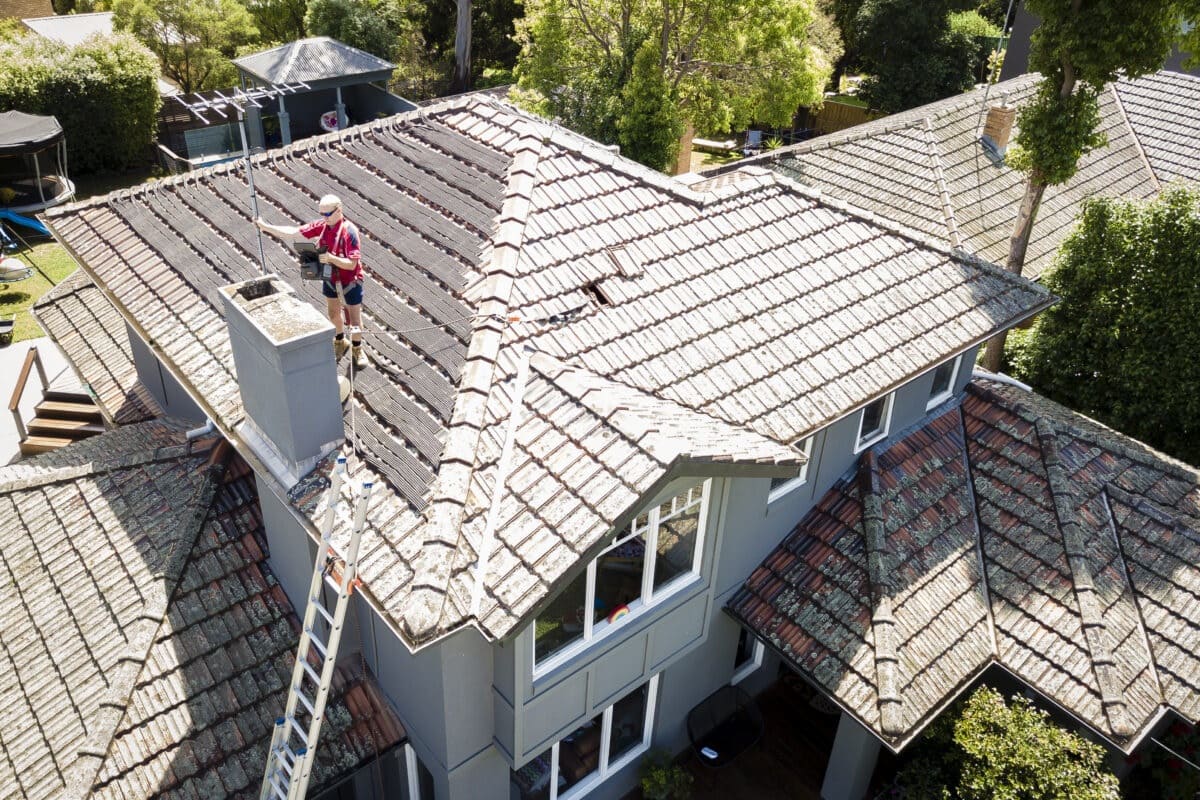

Outdoor Furniture
Who Installs Outdoor Antennas
Modified: January 24, 2024
Looking for professional outdoor antenna installation services? Get expert help for installing outdoor antennas from our experienced team. Contact us today! Outdoor furniture, furniture, and design.
(Many of the links in this article redirect to a specific reviewed product. Your purchase of these products through affiliate links helps to generate commission for Storables.com, at no extra cost. Learn more)
Introduction
In an era dominated by digital streaming services and cable television, the humble outdoor antenna may seem like a relic of the past. However, outdoor antennas have experienced a resurgence in popularity due to their ability to capture high-definition broadcast signals for free. Whether you're a sports enthusiast, a news junkie, or a movie buff, outdoor antennas can provide access to a wide array of channels, including local and national networks.
The allure of outdoor antennas lies in their capacity to deliver crisp, clear images without incurring monthly subscription fees. As the cost of cable and satellite TV continues to rise, many consumers are turning to outdoor antennas as a cost-effective alternative. Additionally, outdoor antennas offer access to channels that may not be available through traditional cable or satellite providers, making them an attractive option for those seeking diverse and localized content.
Moreover, outdoor antennas are not limited to television signals; they can also capture FM radio broadcasts, providing a diverse range of entertainment and information. This versatility makes outdoor antennas a valuable addition to any home entertainment system.
In this comprehensive guide, we will explore the importance of outdoor antennas, the various types available, factors to consider when installing them, and the options for professional installation or DIY setup. Whether you're a tech-savvy enthusiast or a novice in the world of outdoor antennas, this guide will equip you with the knowledge needed to make informed decisions about integrating outdoor antennas into your home entertainment setup. Let's embark on a journey to discover the world of outdoor antennas and the myriad benefits they offer.
Key Takeaways:
- Outdoor antennas provide free high-definition content, diverse channels, and reliable signal reception, offering a cost-effective and versatile entertainment solution for consumers seeking enhanced viewing and listening experiences.
- Understanding the types of outdoor antennas and installation factors empowers consumers to make informed decisions, whether opting for professional installation expertise or embracing a rewarding DIY approach to enhance their home entertainment setup.
Read more: How To Install Outdoor Antenna Tv
Importance of Outdoor Antennas
Outdoor antennas play a pivotal role in providing access to an extensive range of television and radio channels, making them an indispensable component of modern home entertainment systems. The significance of outdoor antennas extends beyond their ability to capture free broadcast signals; they offer several compelling advantages that contribute to their enduring relevance in the digital age.
Access to Free High-Definition Content: One of the primary advantages of outdoor antennas is their capacity to capture over-the-air broadcast signals, delivering high-definition content without the need for costly subscription services. By harnessing the power of outdoor antennas, viewers can enjoy crystal-clear images and immersive audio quality, enhancing the overall viewing experience.
Diverse Channel Selection: Outdoor antennas provide access to a diverse array of local and national channels, offering a broad spectrum of content ranging from news and sports to entertainment and educational programming. This extensive channel selection ensures that viewers have access to a rich tapestry of content, catering to a wide range of interests and preferences.
Reliable Signal Reception: Unlike cable or satellite services that may be susceptible to weather-related disruptions, outdoor antennas offer reliable signal reception, ensuring consistent access to broadcast content. By harnessing the power of outdoor antennas, viewers can mitigate the impact of inclement weather on their viewing experience, enjoying uninterrupted access to their favorite programs.
Enhanced Audio Quality: In addition to delivering high-definition video content, outdoor antennas capture FM radio signals, providing access to a diverse range of music, news, and talk radio stations. This feature enhances the audio capabilities of home entertainment systems, offering a multifaceted listening experience that extends beyond traditional television programming.
Cost-Effective Entertainment Solution: With the escalating costs of cable and satellite TV subscriptions, outdoor antennas offer a cost-effective alternative for accessing a wide range of broadcast content. By investing in an outdoor antenna, viewers can eliminate monthly subscription fees while enjoying an extensive selection of free-to-air channels, making it an economically prudent choice for budget-conscious consumers.
Overall, the importance of outdoor antennas lies in their ability to provide access to high-definition content, diverse channel offerings, reliable signal reception, enhanced audio quality, and a cost-effective entertainment solution. These factors collectively underscore the enduring relevance of outdoor antennas in the realm of home entertainment, positioning them as a valuable asset for consumers seeking to optimize their viewing and listening experiences.
Types of Outdoor Antennas
Outdoor antennas are available in various types, each designed to cater to specific reception needs and geographical locations. Understanding the different types of outdoor antennas is crucial for selecting the most suitable option based on factors such as signal strength, distance from broadcast towers, and terrain. Let’s explore the diverse range of outdoor antennas and their unique characteristics:
- Yagi Antennas: Yagi antennas, also known as directional antennas, are characterized by their high gain and focused reception pattern. These antennas are ideal for capturing signals from distant broadcast towers, making them suitable for rural areas or locations with weak signal strength. Yagi antennas are designed to be mounted on rooftops or poles, and their directional nature allows for precise aiming towards broadcast sources.
- Multi-Directional Antennas: Multi-directional antennas, as the name suggests, are capable of capturing signals from multiple directions without the need for manual adjustment. These antennas offer omnidirectional reception, making them suitable for urban and suburban areas where broadcast towers are located in different directions. Multi-directional antennas provide versatility in signal capture, making them a popular choice for areas with moderate to strong signal strength.
- Amplified Antennas: Amplified outdoor antennas are equipped with built-in signal amplifiers designed to enhance weak signals and mitigate signal loss due to long cable runs or splitters. These antennas are particularly beneficial in areas where signal strength is marginal, providing a boost to the received signals and improving overall reception quality. Amplified antennas are versatile and can be utilized in various geographical settings.
- Parabolic Antennas: Parabolic antennas, also referred to as reflector antennas, feature a concave dish design that focuses incoming signals onto a central receiving element. These antennas are adept at capturing distant signals and minimizing interference, making them suitable for long-range signal reception. Parabolic antennas excel in areas with challenging terrain or obstructions, offering superior signal capture capabilities.
- HD Antennas: HD antennas are optimized for capturing high-definition digital signals, providing viewers with access to superior picture quality and enhanced audio. These antennas are designed to receive digital terrestrial television (DTT) broadcasts, ensuring a seamless transition to high-definition content without the need for additional equipment. HD antennas are well-suited for urban and suburban settings with strong signal availability.
Each type of outdoor antenna offers distinct advantages tailored to specific reception scenarios, empowering consumers to select the most suitable option based on their geographical location, signal strength, and viewing preferences. By understanding the unique characteristics of each antenna type, individuals can make informed decisions when integrating outdoor antennas into their home entertainment setups.
Factors to Consider When Installing Outdoor Antennas
Installing an outdoor antenna involves a series of considerations to ensure optimal signal reception and seamless integration with existing home entertainment systems. By carefully evaluating various factors, individuals can make informed decisions regarding antenna placement, orientation, and equipment selection. Let’s delve into the essential considerations for installing outdoor antennas:
- Geographical Location: The geographical location plays a pivotal role in determining the type of outdoor antenna best suited for the area. Urban, suburban, and rural locations exhibit varying signal strengths and broadcast tower distributions, influencing the choice of antenna type and reception capabilities.
- Signal Strength and Terrain: Assessing the signal strength in the installation area is crucial for selecting an outdoor antenna with the appropriate reception capabilities. Additionally, terrain features such as hills, valleys, and obstructions can impact signal propagation, necessitating the use of antennas optimized for challenging environments.
- Distance from Broadcast Towers: The distance between the installation site and nearby broadcast towers influences the selection of outdoor antennas. Areas located far from broadcast sources may require high-gain antennas capable of capturing signals over extended distances, while closer proximity to towers may warrant the use of multi-directional antennas.
- Antenna Elevation and Mounting: Mounting the outdoor antenna at an optimal elevation is essential for maximizing signal reception. Elevated mounting positions, such as rooftops or tall poles, facilitate unobstructed line-of-sight to broadcast towers, enhancing signal capture and minimizing interference.
- Signal Interference and Obstructions: Identifying potential sources of signal interference, such as nearby structures, power lines, or electronic devices, is critical for minimizing signal degradation. Additionally, obstructions such as trees or buildings can impede signal reception, necessitating strategic antenna placement to mitigate interference.
- Cable Routing and Signal Distribution: Planning the routing of coaxial cables from the outdoor antenna to indoor television sets or signal amplifiers is essential for maintaining signal integrity. Considerations such as cable length, quality, and signal distribution requirements play a crucial role in ensuring optimal signal transmission throughout the home.
- Regulatory Compliance and Permits: Familiarizing oneself with local regulations, zoning restrictions, and permit requirements for outdoor antenna installation is imperative to ensure compliance with applicable laws. Certain areas may have specific guidelines governing antenna height, placement, and visual impact on the surrounding environment.
By meticulously evaluating these factors, individuals can make informed decisions when installing outdoor antennas, ensuring optimal signal reception, minimal interference, and compliance with regulatory standards. Taking a comprehensive approach to antenna installation empowers consumers to harness the full potential of outdoor antennas, unlocking access to a diverse range of broadcast content with unparalleled clarity and reliability.
When installing an outdoor antenna, it’s important to consider the height and direction for optimal reception. It’s best to have a professional installer do the job to ensure safety and proper alignment.
Professional Installers for Outdoor Antennas
For individuals seeking a seamless and expertly executed outdoor antenna installation, professional installers offer a valuable solution that combines technical expertise, industry knowledge, and specialized equipment. Engaging the services of professional installers for outdoor antennas presents numerous benefits, ensuring a hassle-free installation process and optimal performance. Let’s explore the advantages and considerations associated with professional antenna installation services:
- Technical Proficiency: Professional installers possess in-depth knowledge of antenna types, signal propagation, and installation best practices, enabling them to determine the most suitable antenna for a specific location and optimize its positioning for superior signal reception.
- Site Assessment and Planning: Professional installers conduct comprehensive site assessments to evaluate signal strength, terrain characteristics, and potential sources of interference, allowing them to devise a tailored installation plan that maximizes signal capture and minimizes signal degradation.
- Equipment and Tools: Professional installers are equipped with specialized tools, mounting hardware, and signal testing equipment essential for precise antenna installation. Their access to industry-grade equipment ensures the accuracy and reliability of the installation process.
- Compliance and Regulations: Professional installers are well-versed in local regulations, zoning requirements, and permit procedures related to outdoor antenna installation. By engaging their services, individuals can ensure compliance with applicable laws and regulations, avoiding potential legal and regulatory pitfalls.
- Signal Optimization: Professional installers possess the expertise to fine-tune antenna orientation, elevation, and signal amplification, optimizing signal reception and minimizing the impact of environmental factors on signal quality. Their technical acumen ensures that the installed antenna delivers exceptional performance under varying conditions.
- Quality Assurance and Warranty: Reputable professional installers offer quality assurance and warranties on their installation services, providing peace of mind to customers regarding the reliability and longevity of the installed outdoor antenna system. This commitment to quality underscores the professionalism and accountability of the installation service provider.
- Customized Solutions: Professional installers tailor their services to accommodate the unique requirements and preferences of each customer, offering customized solutions that align with specific reception needs, home layout, and aesthetic considerations. This personalized approach ensures that the installed outdoor antenna seamlessly integrates with the existing home entertainment setup.
By enlisting the expertise of professional installers for outdoor antennas, individuals can benefit from a streamlined installation process, superior technical proficiency, compliance with regulatory standards, and the assurance of reliable and optimized signal reception. The services offered by professional installers empower consumers to unlock the full potential of outdoor antennas, enhancing their home entertainment experience with unparalleled access to high-definition broadcast content.
Read more: How To Point An Outdoor Antenna
DIY Installation of Outdoor Antennas
For individuals inclined towards hands-on projects and seeking to install outdoor antennas independently, a DIY approach offers a rewarding and cost-effective solution. DIY installation of outdoor antennas allows enthusiasts to take control of the installation process, customize the setup to their preferences, and gain valuable insights into antenna technology and signal reception. Let’s explore the key considerations and steps involved in the DIY installation of outdoor antennas:
- Research and Planning: Begin by researching the types of outdoor antennas suitable for your location and signal reception needs. Consider factors such as signal strength, terrain, and distance from broadcast towers to determine the most appropriate antenna type for your installation site.
- Antenna Selection: Choose an outdoor antenna that aligns with your reception requirements, whether it’s a directional Yagi antenna for long-range signal capture or a multi-directional antenna for versatile signal reception. Consider the antenna’s gain, frequency range, and compatibility with high-definition signals for optimal performance.
- Site Survey and Placement: Conduct a thorough site survey to identify the ideal mounting location for the outdoor antenna. Ensure unobstructed line-of-sight to nearby broadcast towers, consider elevation for improved signal capture, and assess potential sources of signal interference or obstructions that may impact reception quality.
- Mounting and Assembly: Follow the manufacturer’s instructions for assembling the outdoor antenna and securely mounting it in the chosen location. Use durable mounting hardware and weather-resistant materials to ensure the stability and longevity of the installation, taking into account factors such as wind load and environmental conditions.
- Cable Routing and Connection: Route the coaxial cable from the outdoor antenna to the desired entry point into the building, ensuring a direct and efficient path that minimizes signal loss. Employ weatherproof cable connectors and grounding techniques to safeguard the antenna system from environmental elements and electrical hazards.
- Signal Testing and Adjustment: Upon completing the installation, perform signal testing using a digital TV tuner or signal meter to assess reception quality. Fine-tune the antenna orientation and elevation based on signal strength indicators, optimizing the setup for reliable and clear signal reception across desired channels.
- Regulatory Compliance: Familiarize yourself with local regulations and permit requirements related to outdoor antenna installation, ensuring compliance with applicable laws and zoning restrictions. Adhere to safety guidelines and installation standards to uphold the integrity and legality of the DIY installation.
Embracing the DIY approach to outdoor antenna installation empowers individuals to take charge of their home entertainment setup, gain practical experience in antenna technology, and customize the installation to their unique reception needs. By meticulously planning, executing, and fine-tuning the DIY installation, enthusiasts can achieve the satisfaction of a successful outdoor antenna setup, enhancing their access to free high-definition broadcast content without recurring subscription fees.
Conclusion
As we conclude our exploration of outdoor antennas, it becomes evident that these devices are not mere relics of the past, but rather essential components of modern home entertainment systems. The resurgence of outdoor antennas is fueled by their ability to capture free high-definition broadcast signals, offering access to a diverse array of local and national channels without the burden of monthly subscription fees. The importance of outdoor antennas extends beyond cost-effective access to broadcast content; they provide reliable signal reception, diverse channel selections, and enhanced audio quality, enriching the viewing and listening experiences of consumers.
Understanding the types of outdoor antennas and the factors to consider when installing them is pivotal for harnessing their full potential. Whether it’s selecting a Yagi antenna for long-range signal capture, a multi-directional antenna for versatile reception, or an amplified antenna for signal enhancement, the choice should align with the geographical location, signal strength, and viewing preferences of the user. Additionally, careful consideration of installation factors such as signal strength, terrain, and regulatory compliance ensures the seamless integration of outdoor antennas into home entertainment setups.
For those seeking professional expertise, engaging professional installers for outdoor antennas offers a streamlined and expertly executed installation process, ensuring optimal performance and compliance with regulatory standards. Alternatively, the DIY installation approach empowers enthusiasts to take control of the installation process, customize the setup to their preferences, and gain practical insights into antenna technology and signal reception.
Ultimately, the world of outdoor antennas presents a spectrum of possibilities, from accessing free high-definition content and diverse channels to embracing hands-on installation experiences. Whether it’s the allure of cost-effective entertainment solutions, the pursuit of reliable signal reception, or the satisfaction of a successful DIY installation, outdoor antennas continue to resonate with consumers seeking enhanced home entertainment experiences.
As technology continues to evolve, outdoor antennas stand as a testament to the enduring relevance of simple yet powerful solutions that enrich our daily lives. By embracing the world of outdoor antennas, individuals can embark on a journey of discovery, unlocking access to a wealth of broadcast content and embracing the timeless allure of free, high-quality entertainment.
Frequently Asked Questions about Who Installs Outdoor Antennas
Was this page helpful?
At Storables.com, we guarantee accurate and reliable information. Our content, validated by Expert Board Contributors, is crafted following stringent Editorial Policies. We're committed to providing you with well-researched, expert-backed insights for all your informational needs.
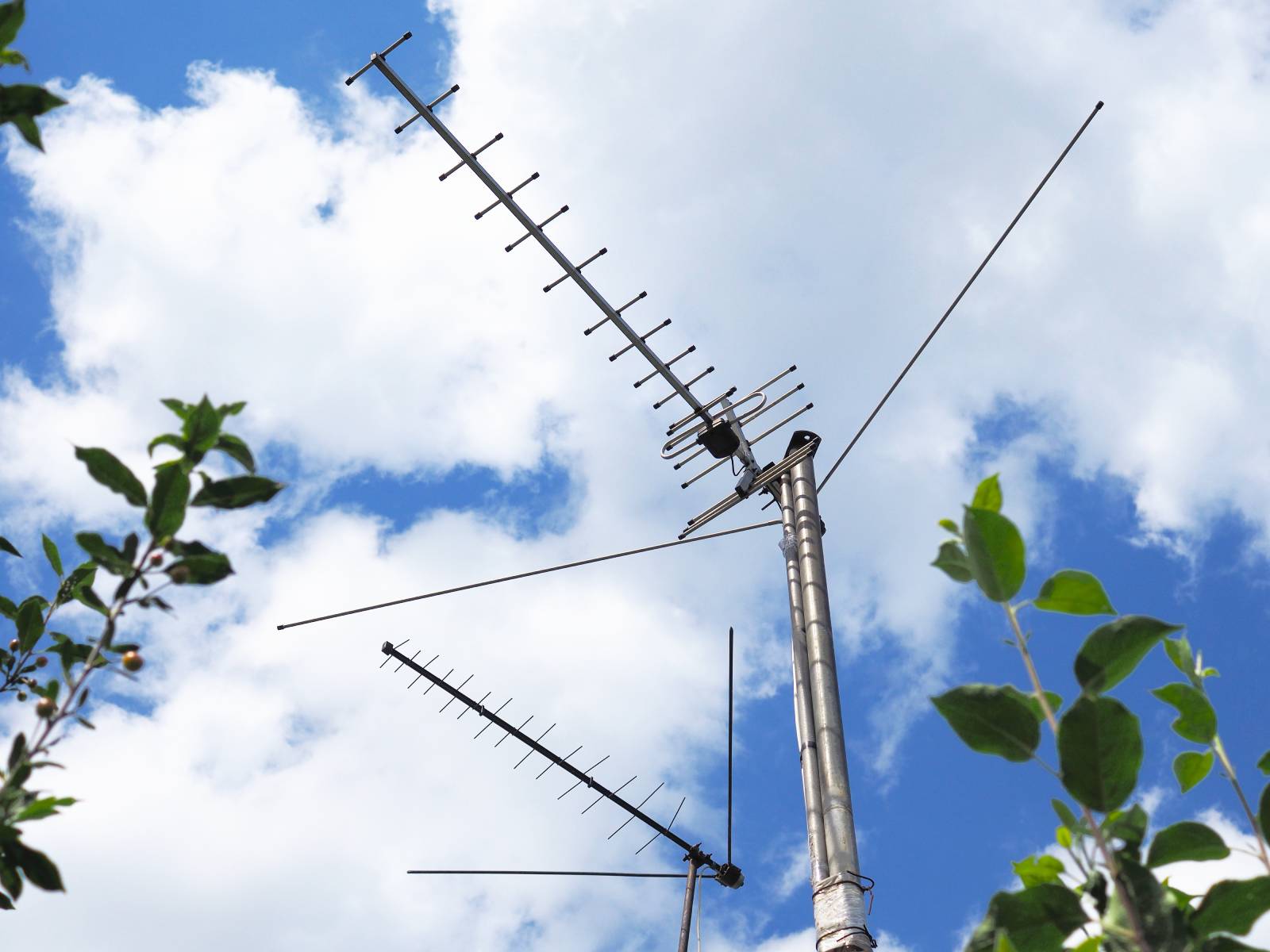
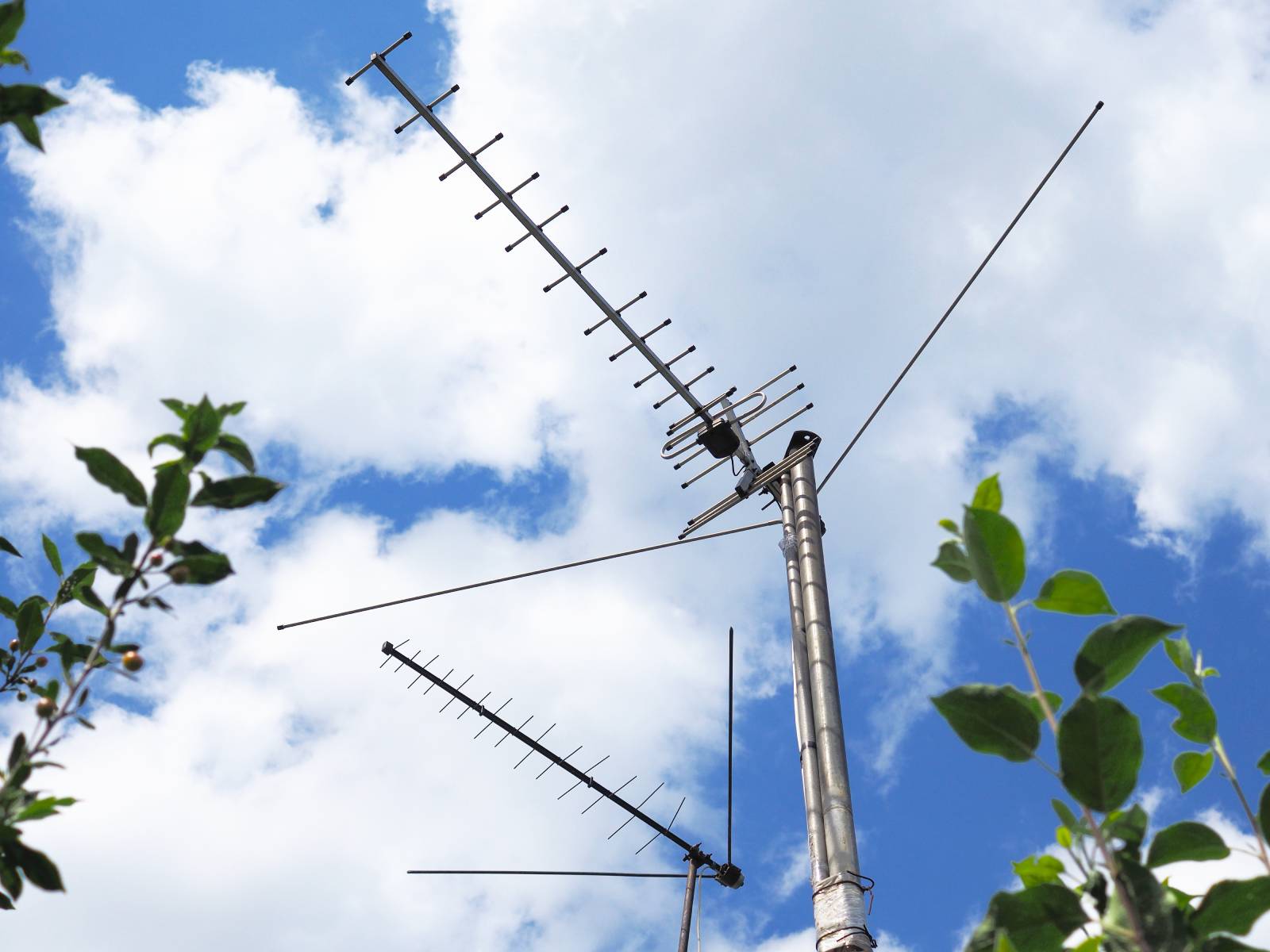
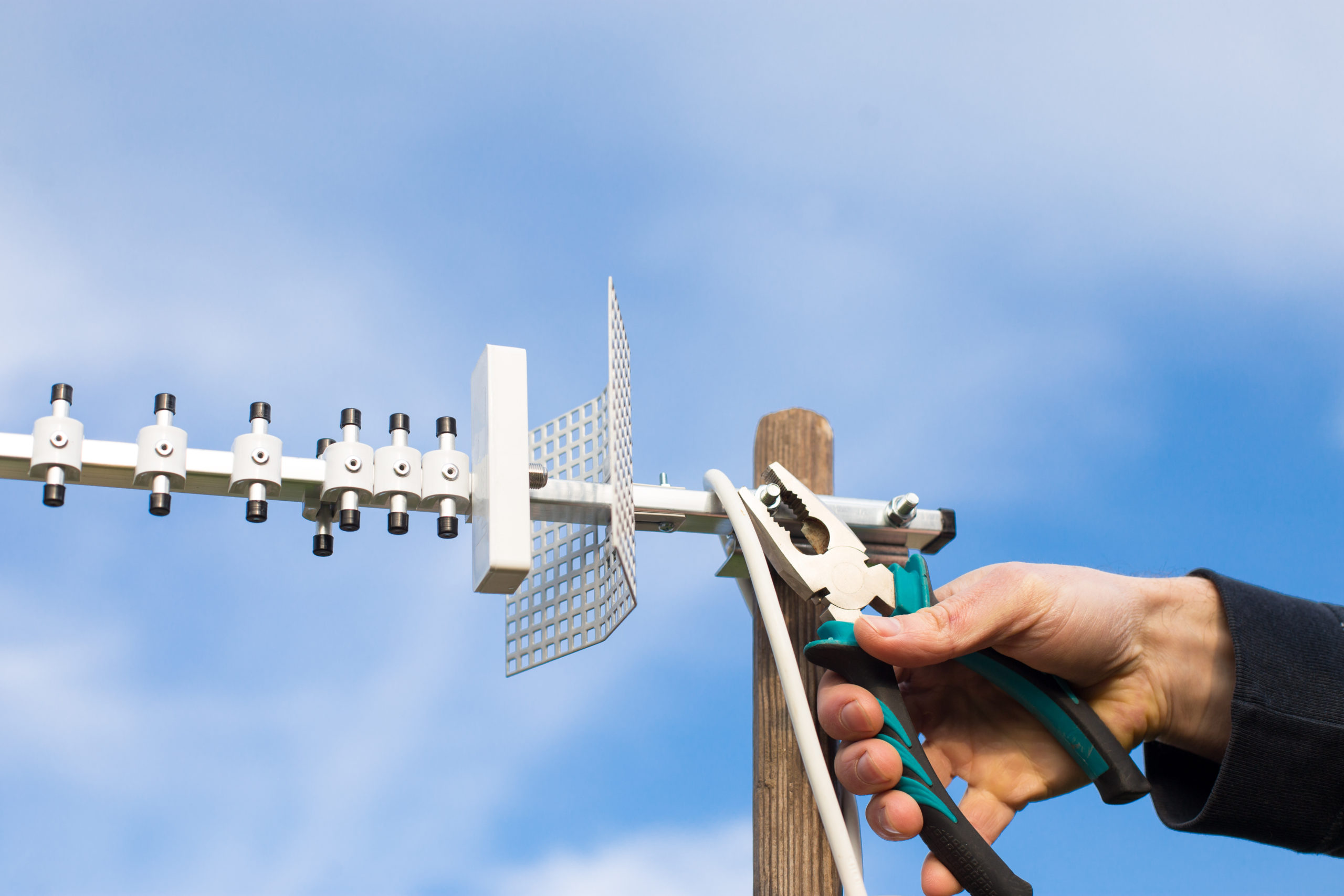

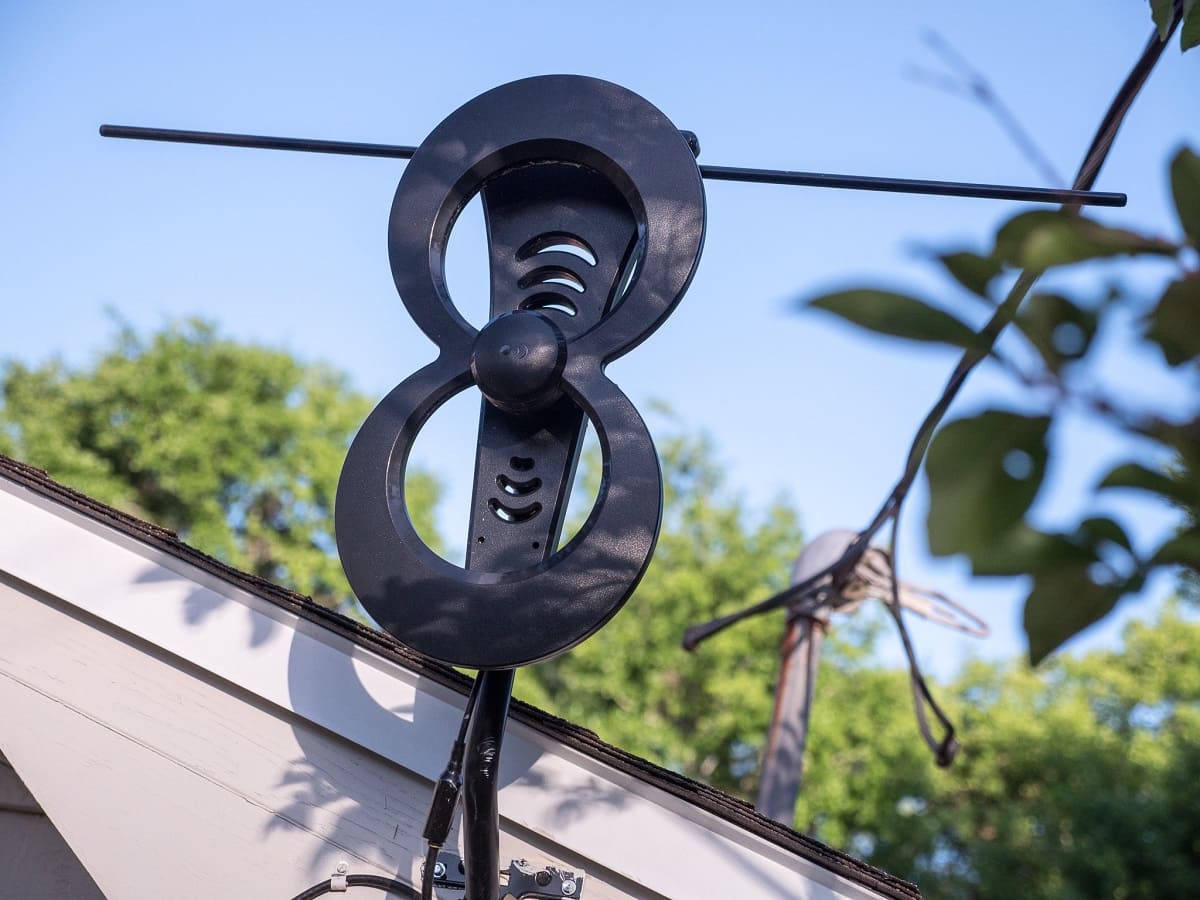
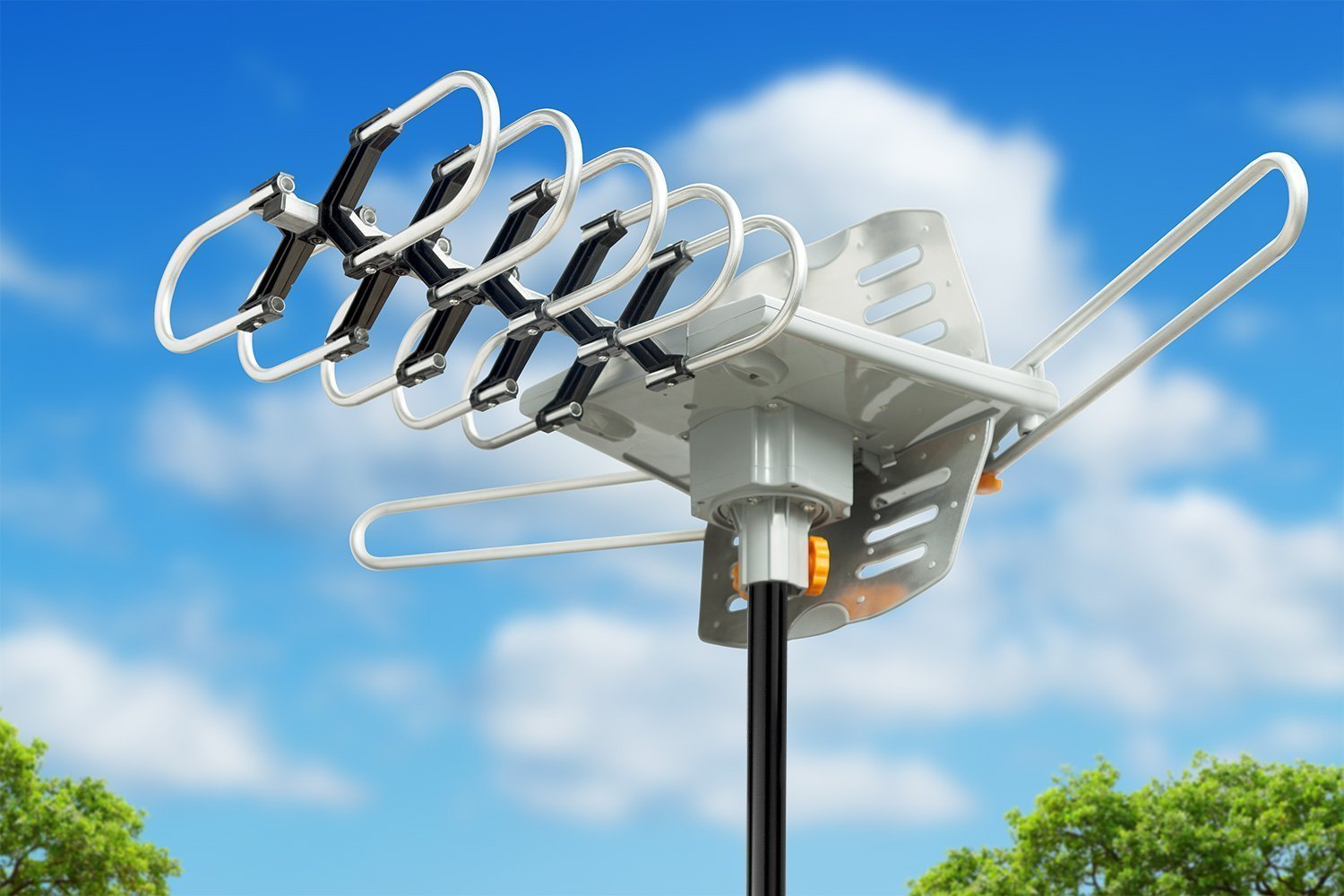
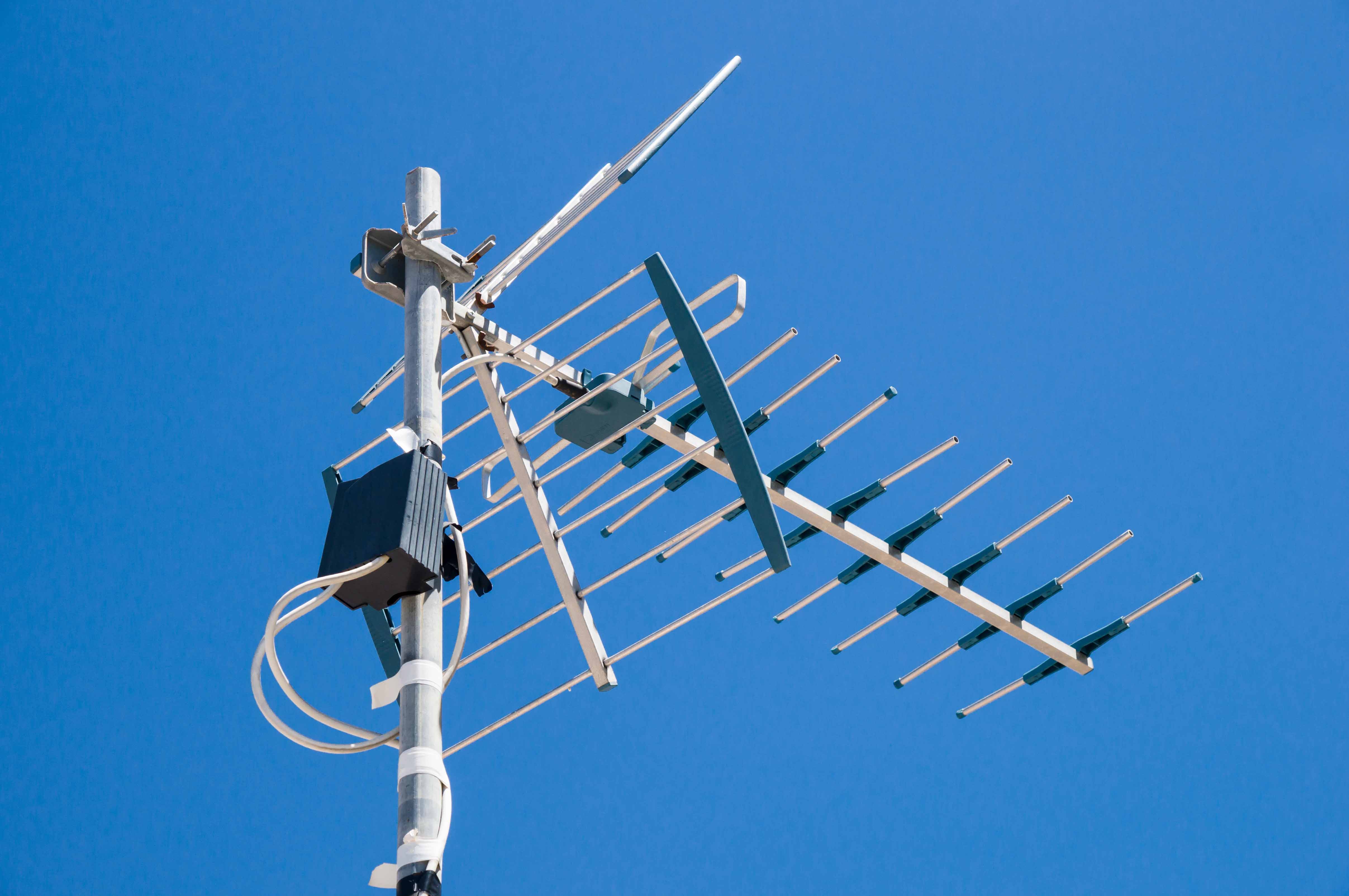
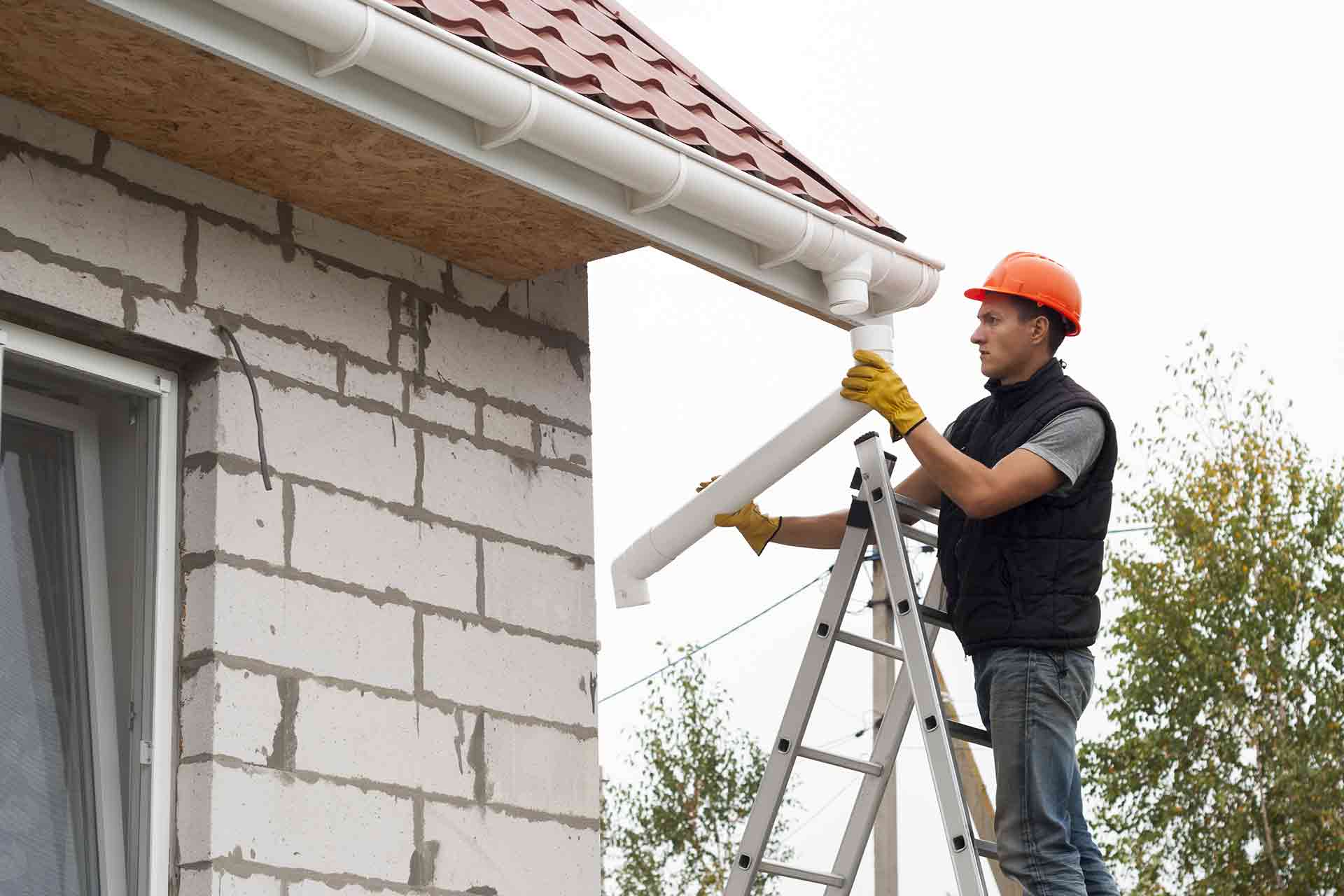
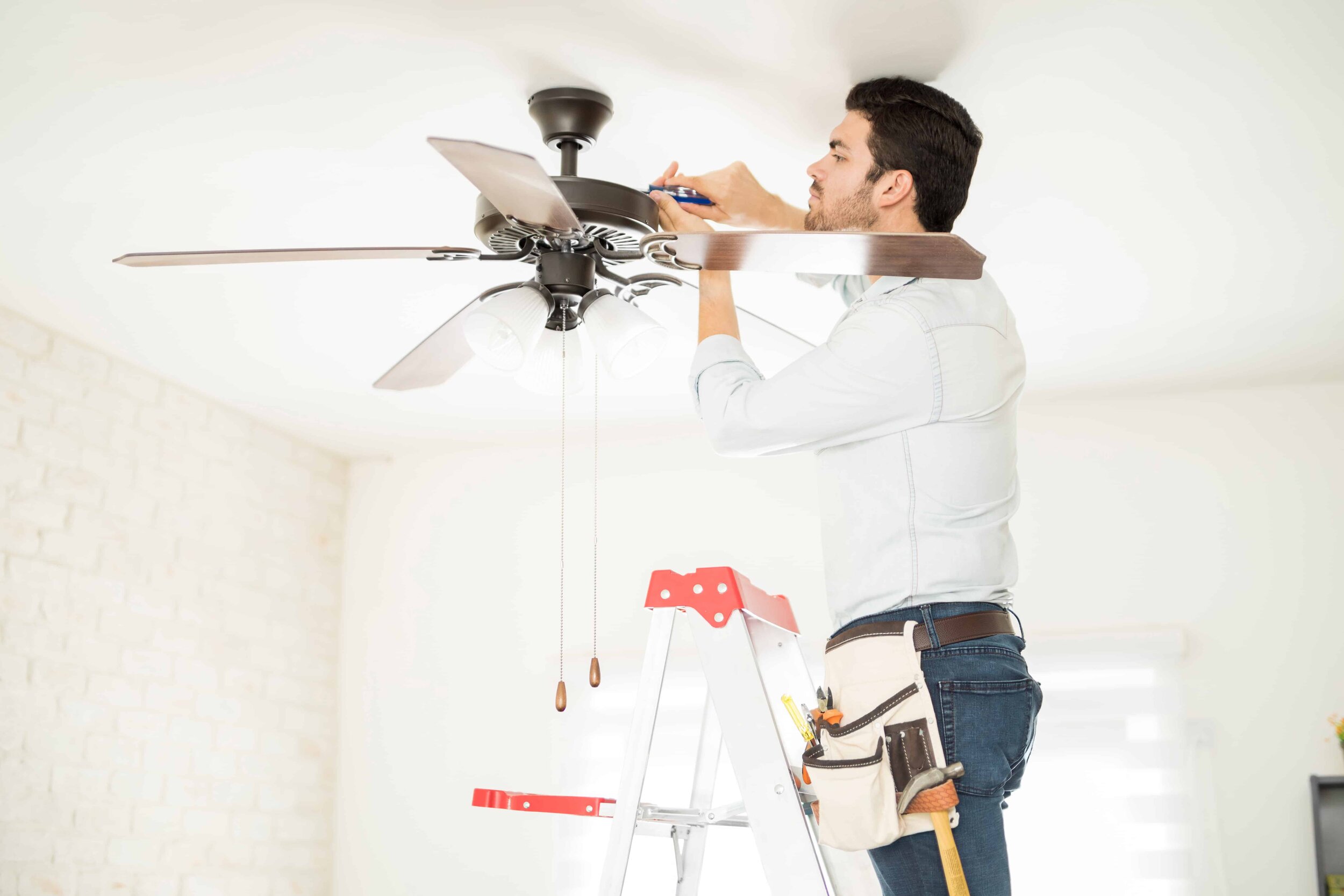
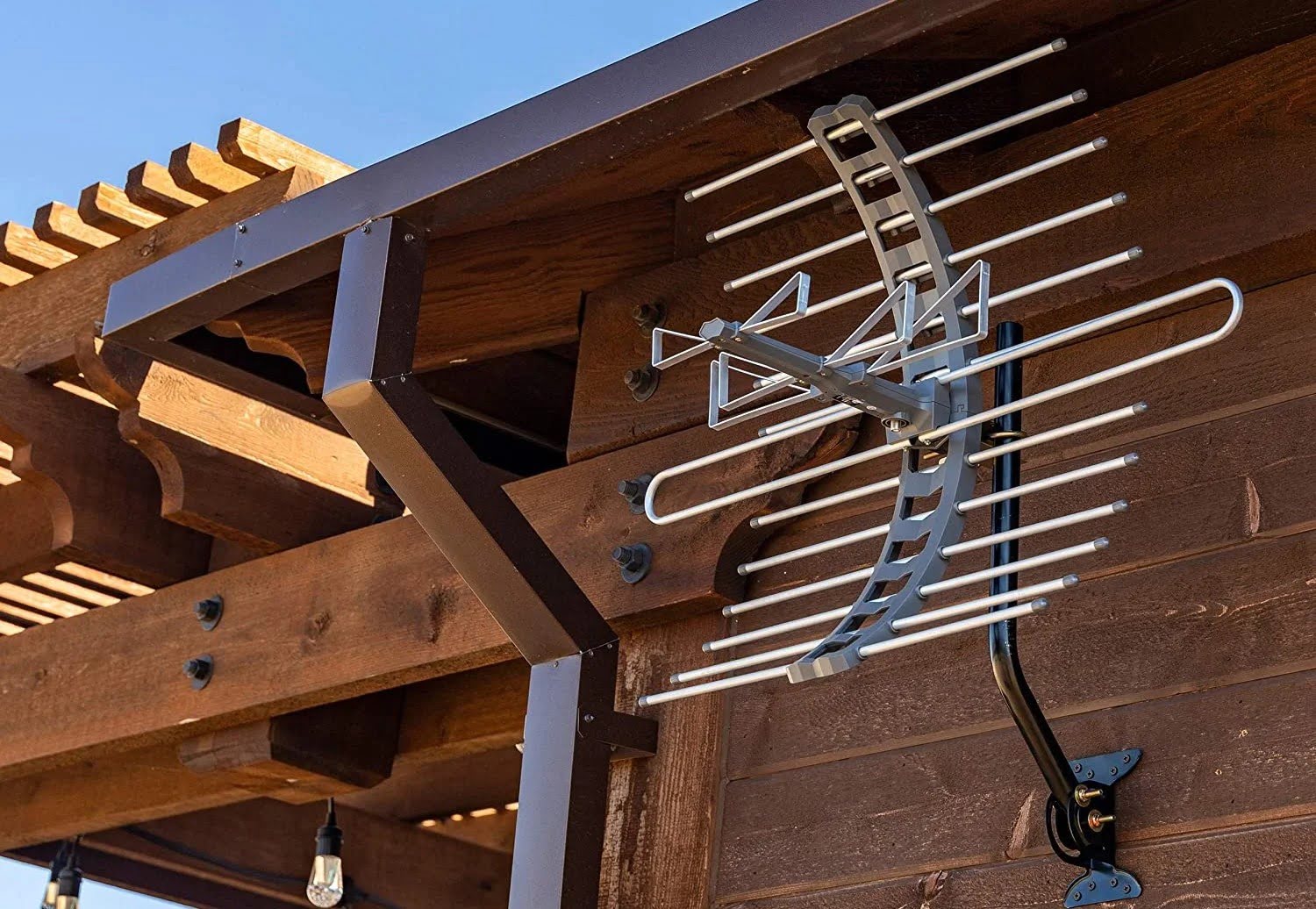
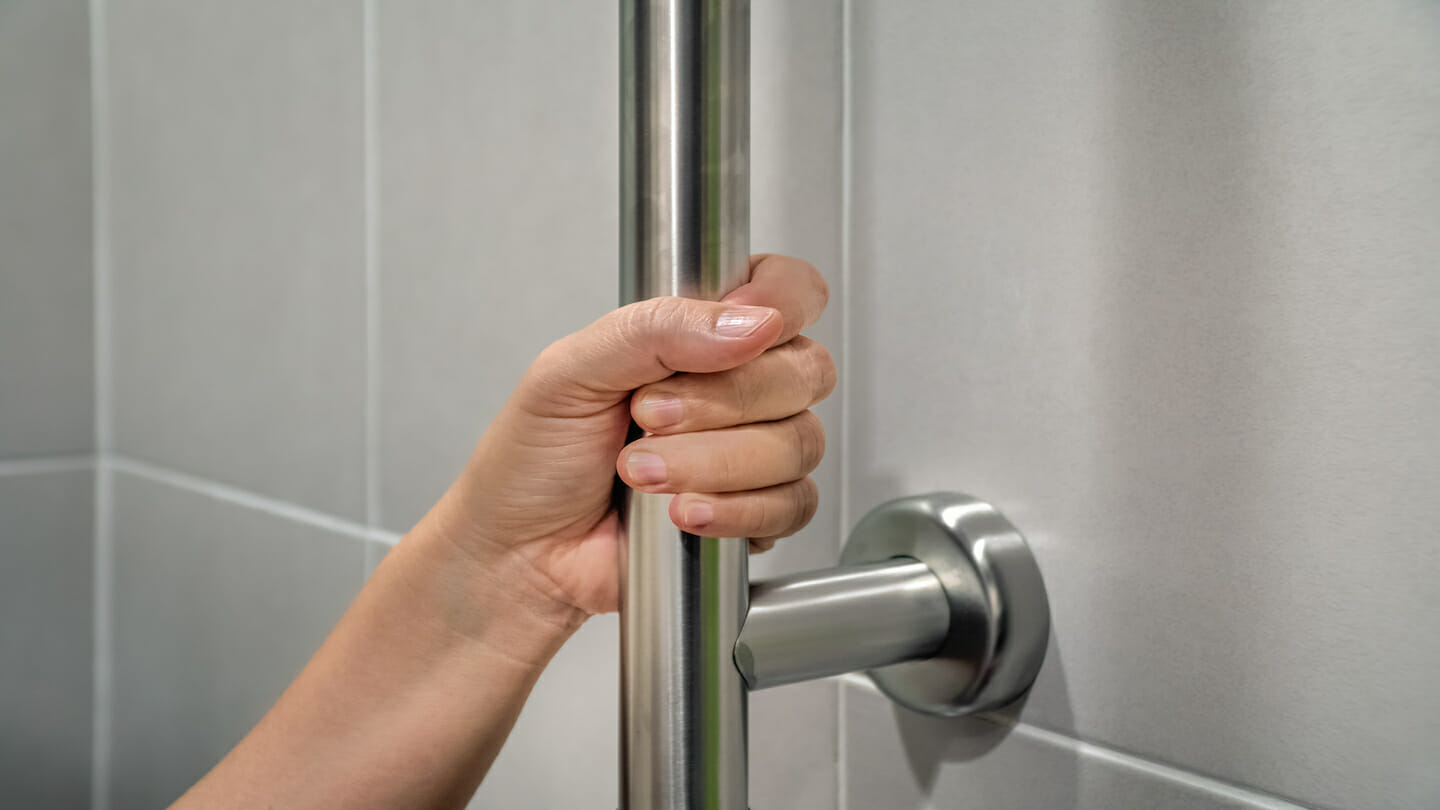
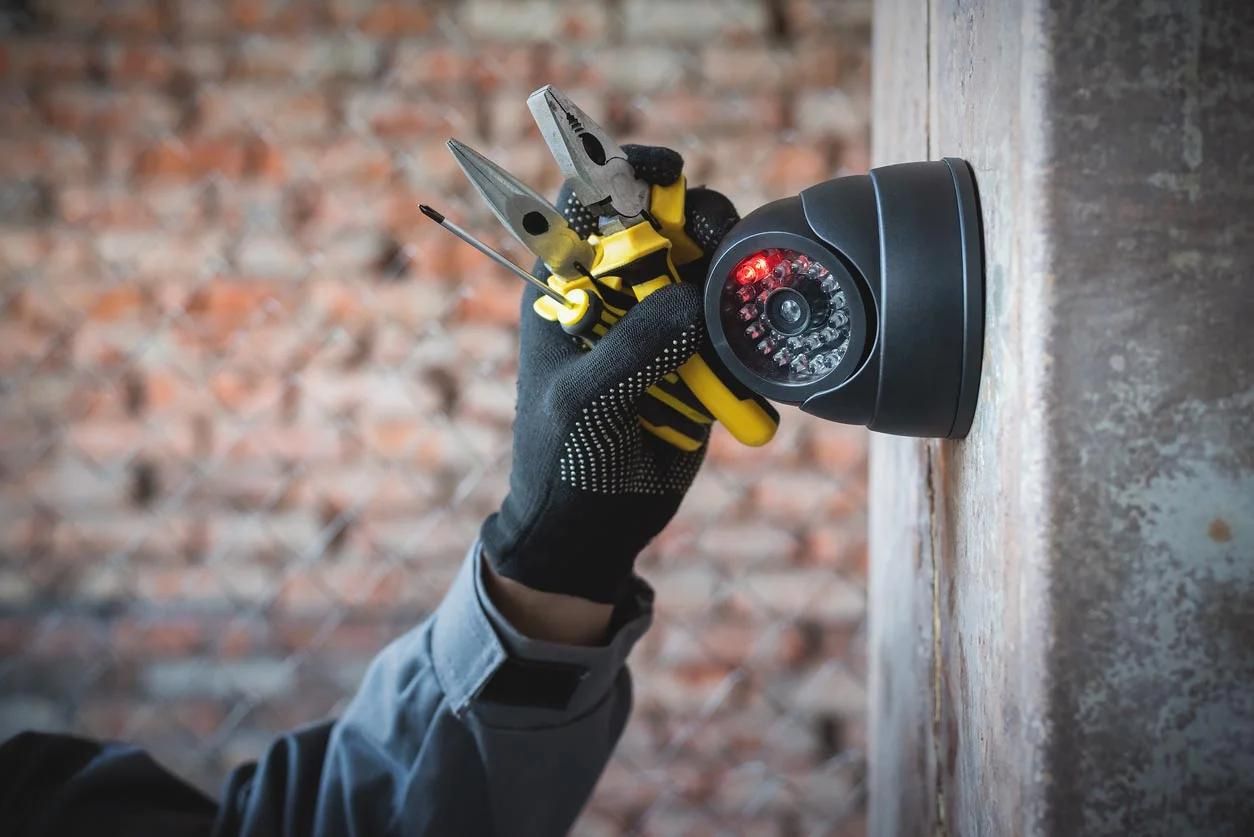
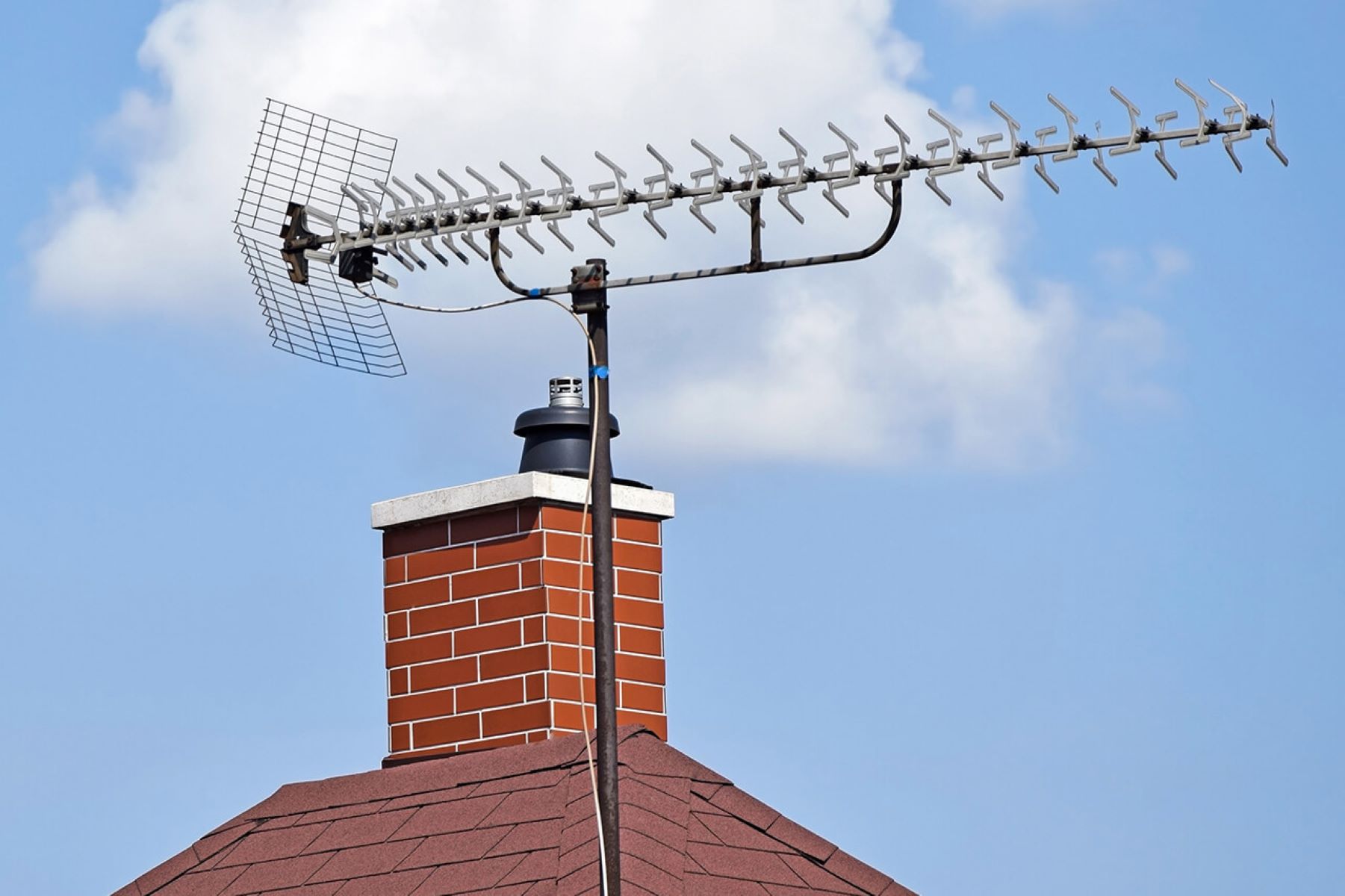
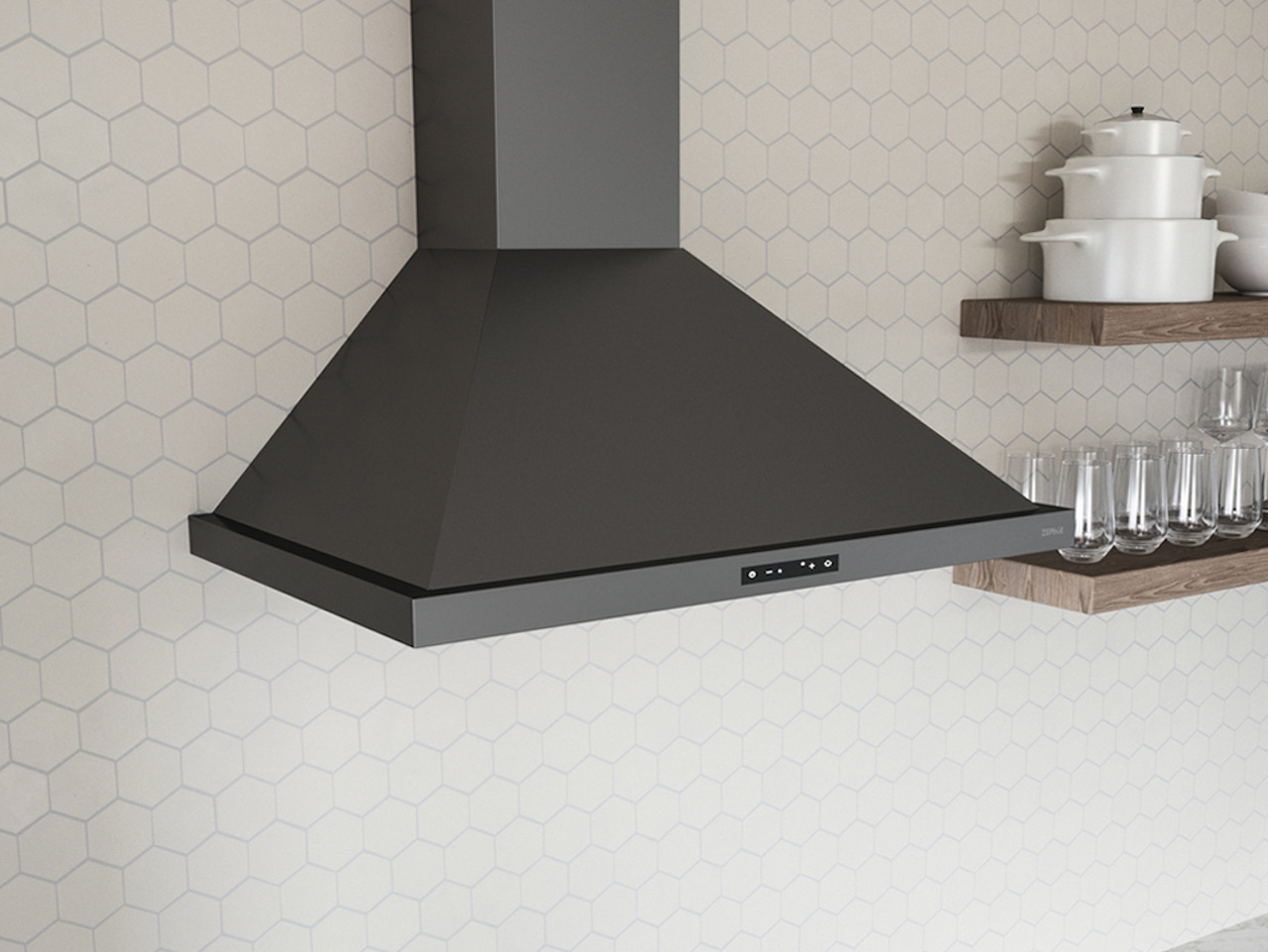

0 thoughts on “Who Installs Outdoor Antennas”